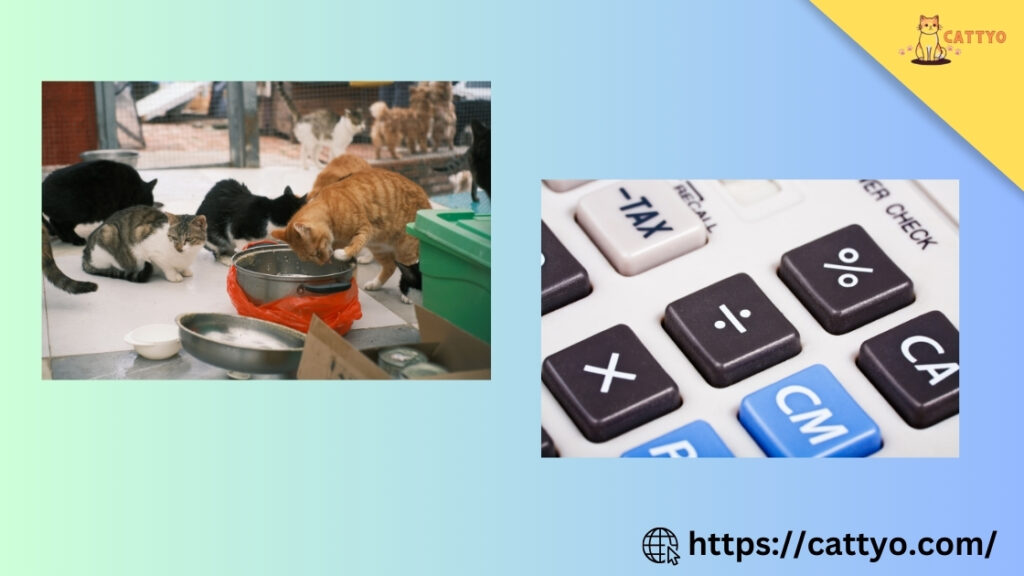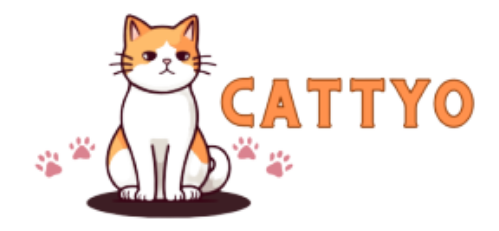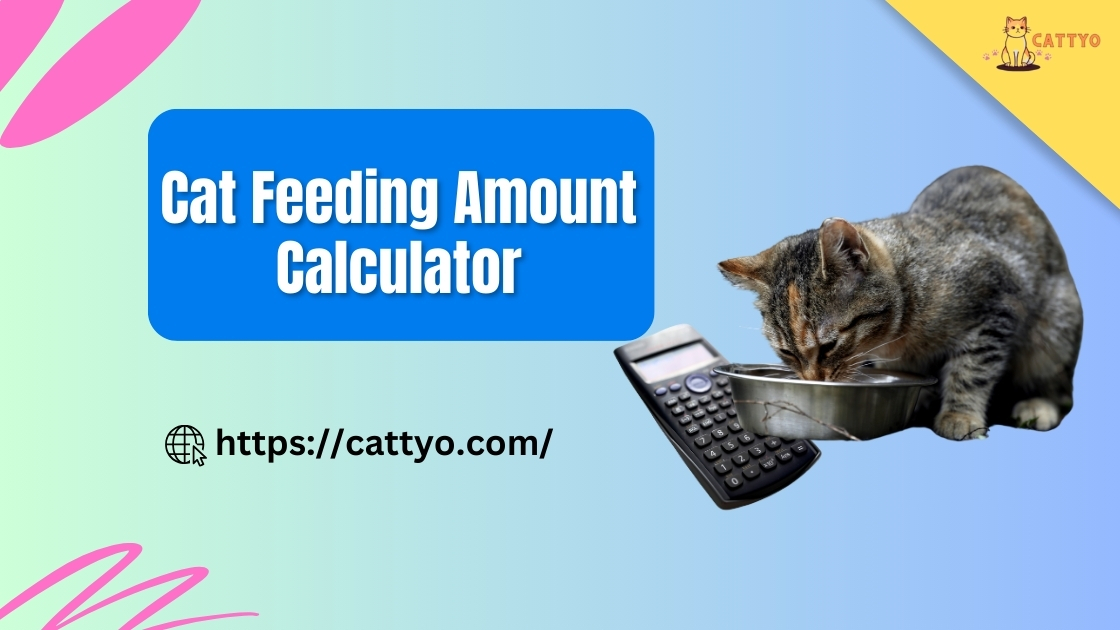I remember the first time I stood in the pet food aisle, overwhelmed. So many options. So many feeding charts. And I had just one question: How much should I feed my cat?
If you’re asking yourself the same thing, you’re in the right place.
Using a cat feeding amount calculator changed everything for me. No more guessing. No more worrying if I was overfeeding or underfeeding. Just clear, simple guidance.
Let me walk you through everything I’ve learned.
Cat Feeding Amount Calculator
Why Feeding the Right Amount Is So Important
I used to just eyeball portions. A scoop here, a little more there. But then my cat started gaining weight. My vet said I was overfeeding, even though I thought I was being careful.
Here’s what I learned:
- Overfeeding can lead to weight gain, diabetes, and joint problems.
- Underfeeding can leave your cat tired, moody, and even sick.
- Every cat is different. Age, weight, and lifestyle all matter.
It’s not just about filling a bowl. It’s about giving your cat the right amount of nutrients they need to stay happy and healthy.

What Is a Cat Feeding Amount Calculator?
A cat feeding amount calculator is a tool that helps you figure out how much to feed your cat each day. It usually asks for:
- Your cat’s weight
- Their age
- Activity level (lazy napper or zoomie machine?)
- The type of food (wet, dry, or both)
What Affects How Much Your Cat Should Eat?
Here’s a quick breakdown of what changes how much food your cat needs:
| Factor | Why It Matters |
|---|---|
| Weight | Bigger cats need more food. Smaller ones need less. |
| Age | Kittens eat more often. Seniors may need less. |
| Activity level | An active outdoor cat burns more calories. |
| Food type | Wet food has fewer calories per gram than dry. |
| Health conditions | Diabetes, kidney issues, etc. change calorie needs. |
Example: My 10-pound indoor cat needs about 200 calories per day. But when I was fostering a kitten? She needed almost double that in tiny meals.
How to Use a Cat Food Calculator (It’s Easier Than You Think)
Here’s how I do it:
- Weigh your cat (you can weigh yourself holding them, then subtract your own weight).
- Check your cat food label for kcal per cup or can.
- Use an online cat food calculator. Input the info.
- Get your result in calories per day.
- Divide that by the number of meals you give.
For example, if the calculator says 200 kcal/day and your food has 100 kcal per ½ cup, then your cat needs 1 cup total per day. Easy!
Pro tip: Always double-check with your vet, especially if your cat has any health issues.
Kitten, Adult, or Senior? Feeding Changes with Age
Different life stages = different needs. Here’s what I follow:
Kittens (0–12 months)
- Eat 3–4 times a day.
- Need food with more protein and fat.
- Use kitten-specific food.
Adults (1–7 years)
- Twice a day works best.
- Balance calories with activity level.
- Watch their weight!
Seniors (7+ years)
- May need fewer calories.
- Soft food is easier to chew.
- Check for kidney or thyroid issues.
I switched to senior food for my older cat last year. She seemed more energetic within days.
Wet Food vs. Dry Food: Does It Matter?
Yes, it does. Here’s what I learned the hard way:
- Dry food is more calorie-dense. Smaller amounts needed.
- Wet food has more moisture and fewer calories per gram.
- Mixing both can help keep your cat hydrated and full.
When I switched to half wet, half dry food, my cat stopped begging for snacks constantly. Turns out she was just thirsty!
Feeding Schedule Tips That Actually Work
Cats love routines. Here’s what keeps things smooth at home:
- Feed at the same times each day.
- Measure food with a cup—not your eyes.
- Don’t free-feed. It’s easy to overdo it.
- Use puzzle feeders or slow bowls to make meals fun.
And always keep an eye on their weight. I do a quick belly check once a week. (Yes, she hates it.)
FAQ – Quick Answers You Might Be Looking For
How many times a day should I feed my cat?
I recommend twice a day for adults. Kittens need 3–4 meals. Seniors can stick with 2 or 3.
How do I calculate my cat’s calories?
Use a cat feeding amount calculator. Enter their weight and food type. It’ll do the math for you.
Is free-feeding a bad idea?
For most cats, yes. It often leads to overeating and weight gain.
Can I use the same calculator for kittens?
Some calculators have a special kitten mode. But always double-check with your vet.
What if my cat is still hungry?
Try mixing in some low-calorie wet food or water. Or use puzzle feeders to slow them down.
Final Thoughts:
I used to stress about feeding my cat the right amount. Now, thanks to a cat feeding calculator, I don’t. It’s simple, it’s accurate, and my cat is healthier for it.
If you’re unsure how much to feed, take a minute to try a calculator. Or better yet, talk to your vet with your cat’s info in hand.


